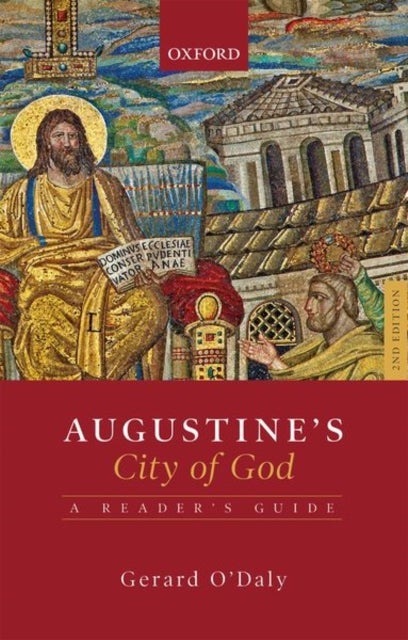
Euripides: Cyclops av Professor Carl A. (New College of Florida USA) Shaw
339,-
With its ribald chorus of ithyphallic, half-man / half-horse creatures, satyr drama was a peculiar part of the Athenian theatrical experience. Performed three times each year after a trilogy of tragedies, it was an integral part of the 5th- and 4th-century City Dionysia, a large festival in honour of the god Dionysus. <i>Euripides: Cyclops</i> is the first book-length study of this fascinating genre¿s only complete, extant play, a theatrical version of Odysseus¿ encounter with the monster Polyphemus. Shaw begins with a look at the history of the genre, following its development from early 6th-century religious processions up to the Hellenistic era. He then offers a comprehensive analysis of the <i>Cyclops¿</i> plot and performance, using the text (alongside ancient literary fragments and visual evidence) to determine the original viewing experience: the stage, masks, costumes, actions and emotions. A detailed examination of the text reveals that Euripides associates and distinguishes h








